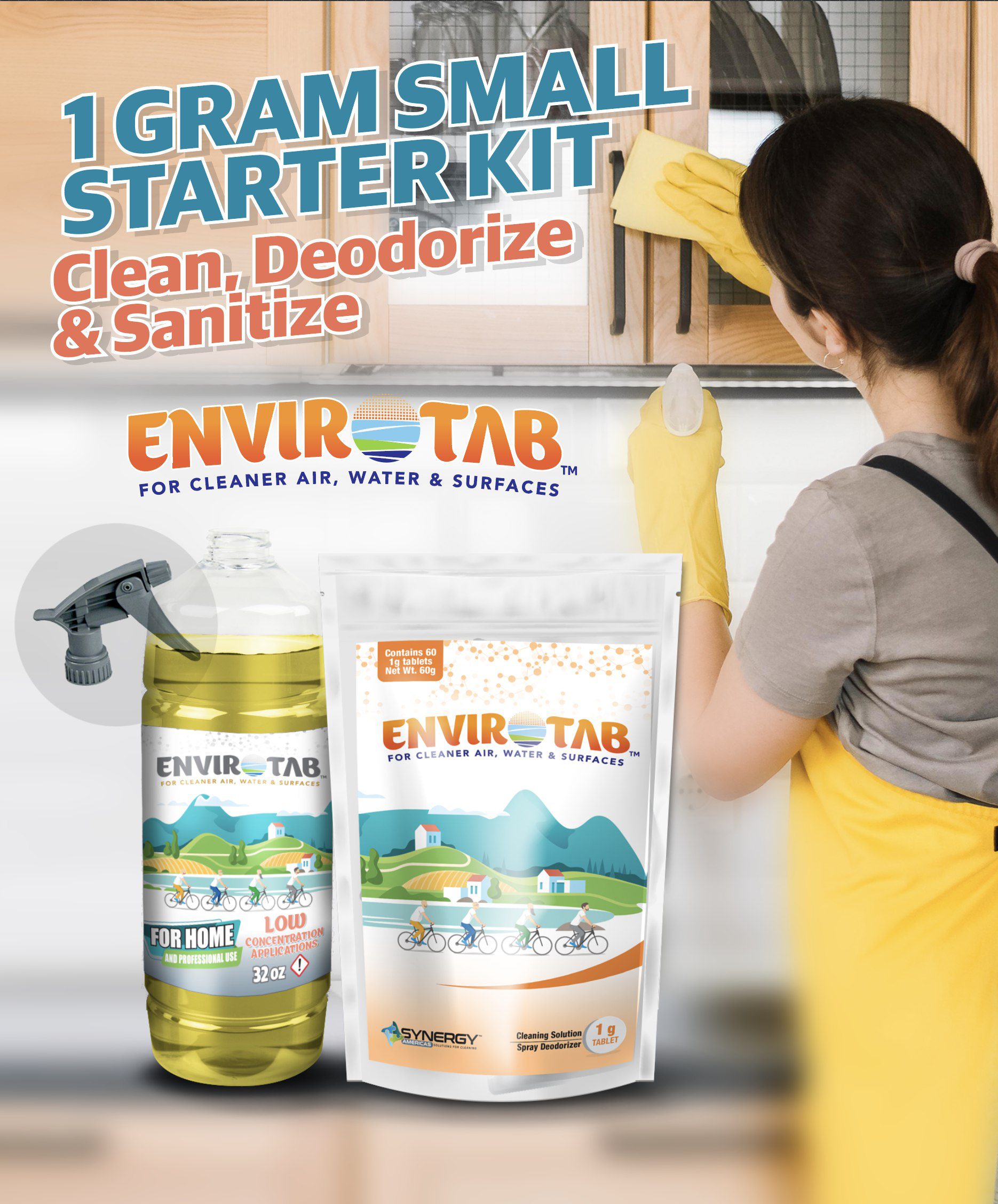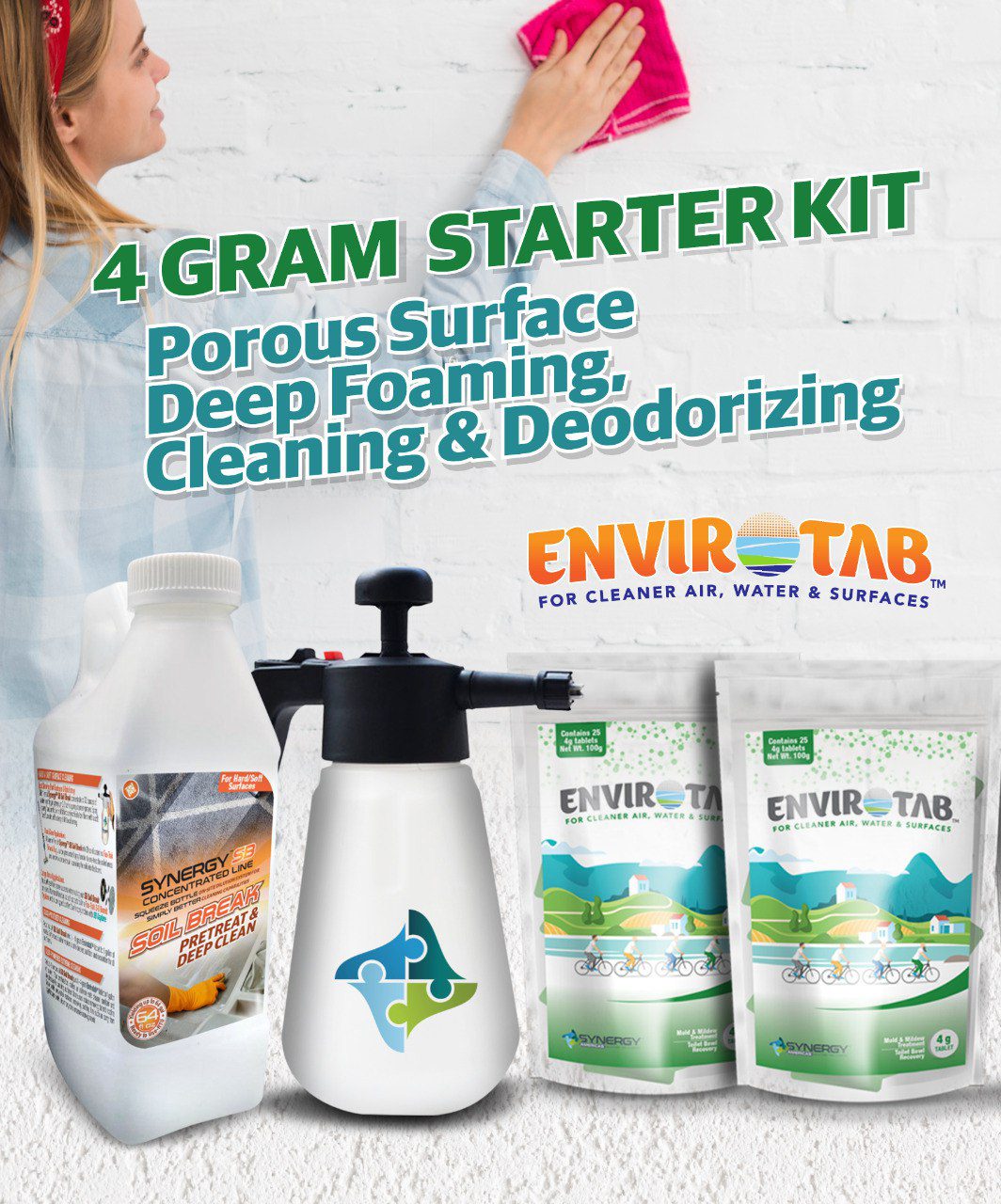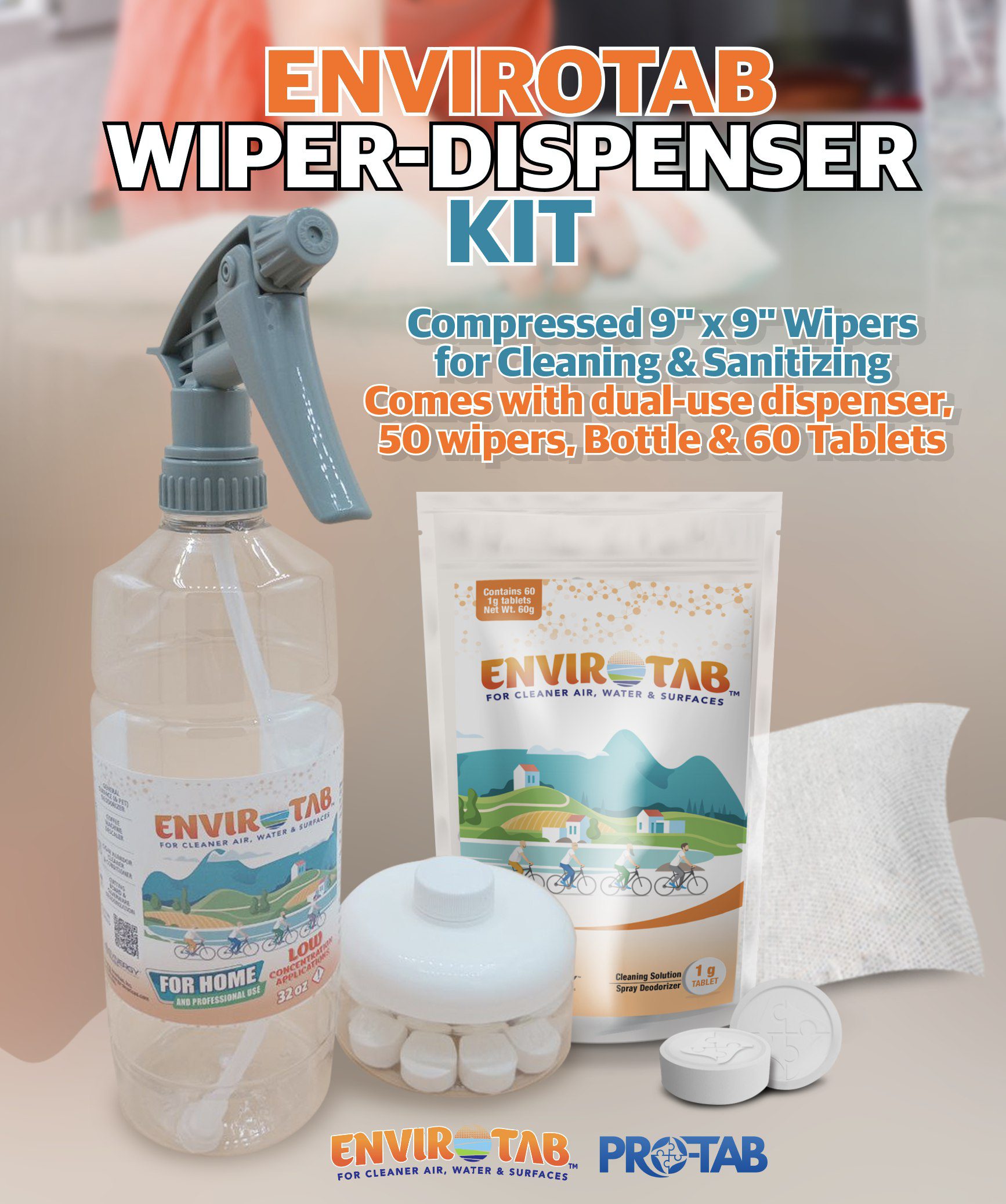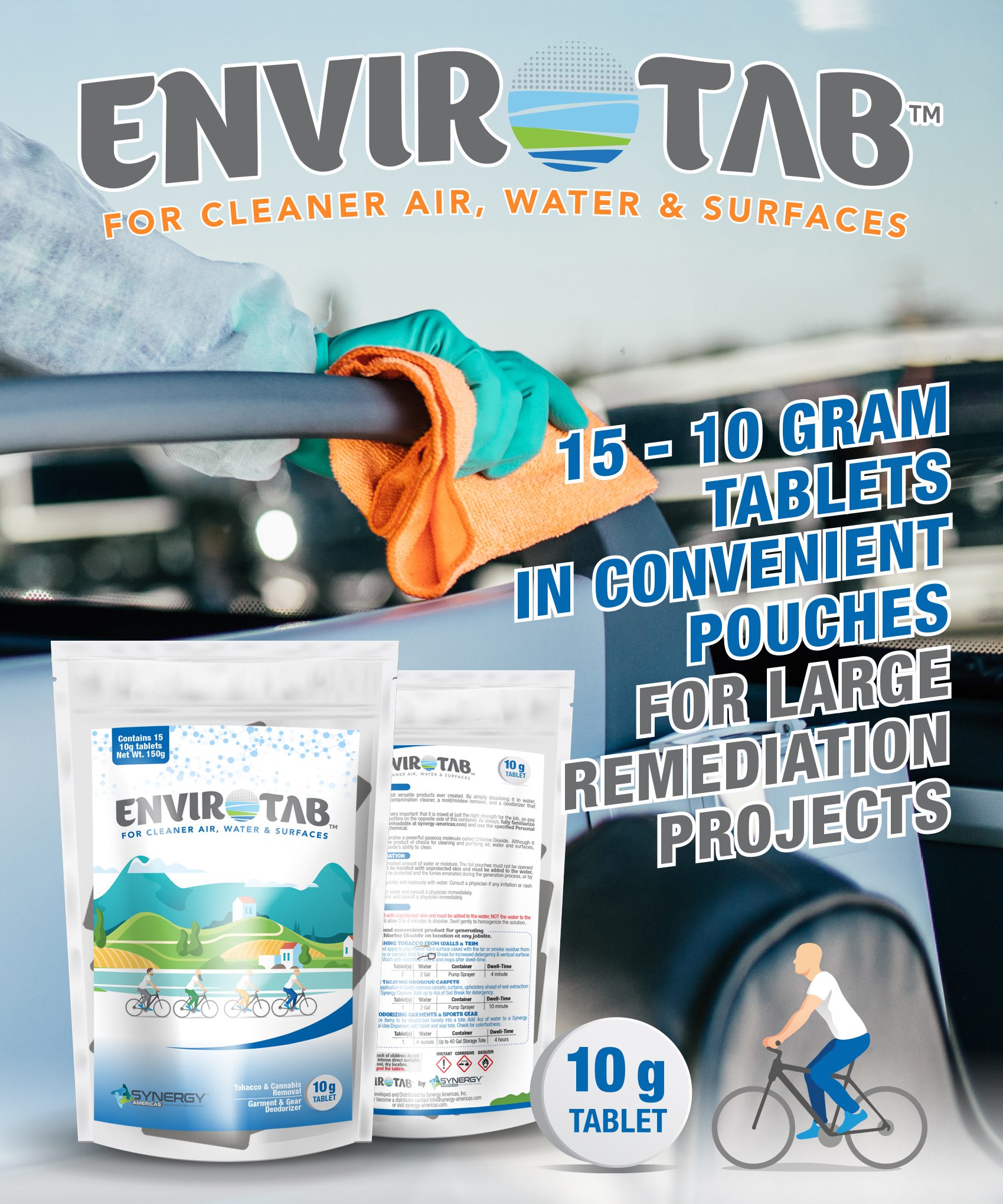Flu Season & Air Quality: Why Indoor Air Matters
When flu season hits, most people focus on washing hands and cleaning surfaces. But there’s one hidden factor that’s often overlooked: the air we breathe. Influenza viruses are airborne pathogens, which means they can linger in enclosed spaces for hours. Poor indoor air quality not only spreads flu germs more effectively but can also make your home and office environments unhealthy for everyone.
Using eco-friendly disinfectants like our new CURE chlorine dioxide (ClO₂) clean air system can neutralize germs in the air and reduce the risk of airborne transmission. Combined with proper ventilation and cleaning routines, you can dramatically cut your exposure to flu viruses.
How Air Quality Affects Flu Transmission
Airborne flu viruses are tiny droplets released when someone sneezes, coughs, or even talks. These droplets can:
-
Stay suspended in the air for several hours
-
Travel distances beyond 6 feet, especially in poorly ventilated rooms
-
Settle on surfaces later, contributing to indirect transmission
High-risk indoor areas include:
-
Offices and classrooms with limited airflow
-
Densely populated apartments or homes
-
Small meeting rooms and break areas
Poor air circulation not only allows viruses to linger, but also traps dust, allergens, and odors, creating a breeding ground for bacteria and additional pathogens.
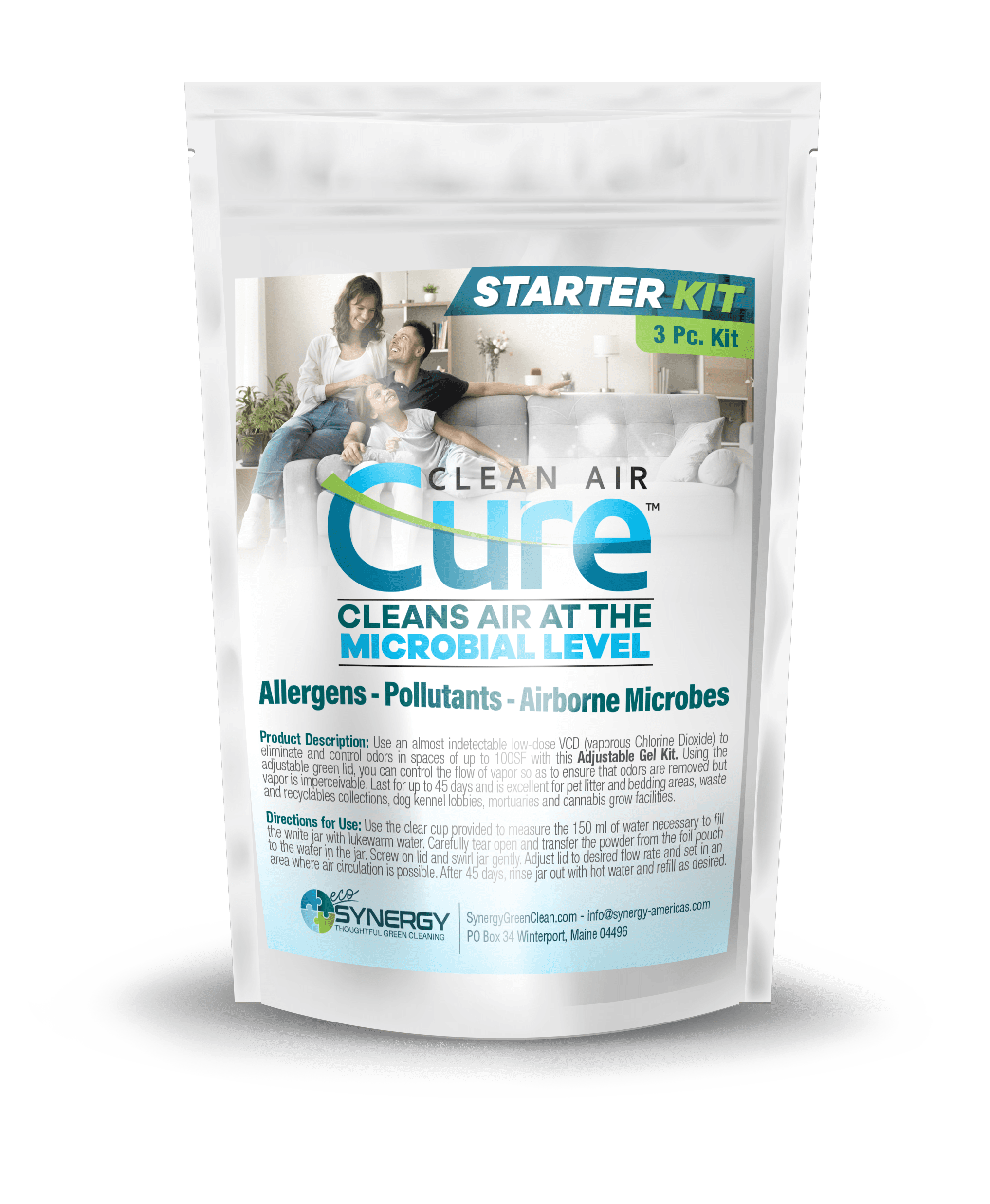 Practical Steps to Improve Air Quality
Practical Steps to Improve Air Quality
1. Ventilation is Key
Open windows and doors whenever possible to create cross-ventilation. Even 15–30 minutes a day can reduce indoor flu virus concentrations.
2. Use Air Purifiers
HEPA filters capture airborne particles, including virus-laden droplets. Adding ClO₂ solutions like our newest like of clean air Cure can neutralize odors and disinfect the air simultaneously.
3. Reduce Indoor Contaminants
Dust, mold, and allergens worsen indoor air quality. Regular cleaning of vents, ducts, and filters combined with ClO₂ treatments keeps air fresh and safe.
4. Control Humidity
Flu viruses thrive in dry air. Maintaining humidity around 40–60% can reduce viral survival while keeping respiratory passages healthy.
Clean Air CURE with ClO₂ Benefits for Air Quality
Chlorine dioxide is a versatile disinfectant for indoor environments:
-
Eliminates viruses and bacteria in the air and on surfaces
-
Neutralizes odors from cooking, pets, and stale air
-
Eco-friendly and safe for daily use around children and pets
Adding ClO₂ tablets or sprays in offices, classrooms, and homes creates a layer of protection against flu germs that goes beyond handwashing and surface cleaning.
 Combining Surface & Air Protection
Combining Surface & Air Protection
For full flu prevention, it’s not enough to clean surfaces alone. Combine:
-
Daily high-touch surface cleaning with ClO₂
-
Regular air purification using ClO₂ solutions or HEPA filters
-
Good personal hygiene, including handwashing and mask use in high-risk situations
Together, these steps dramatically lower the likelihood of flu transmission at home, school, or the workplace.
Conclusion
Flu prevention is more than handwashing and disinfecting surfaces—it’s about creating a healthy indoor environment. By improving ventilation, controlling humidity, and using ClO₂ for air purification, you can reduce airborne flu germs and protect your family and coworkers.
Remember: healthy air = healthy people. Make your home and office safe this flu season

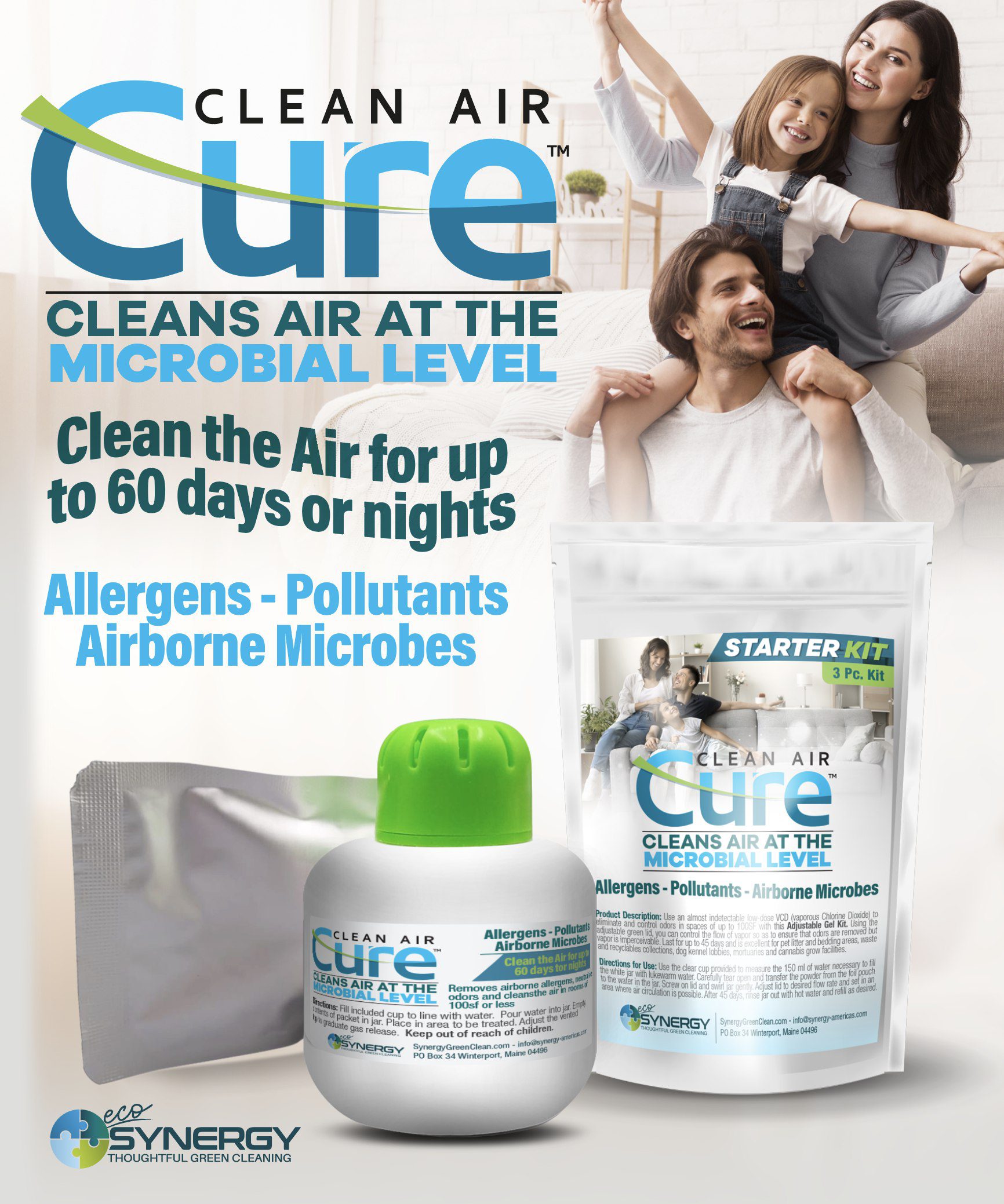 Combining Surface & Air Protection
Combining Surface & Air Protection